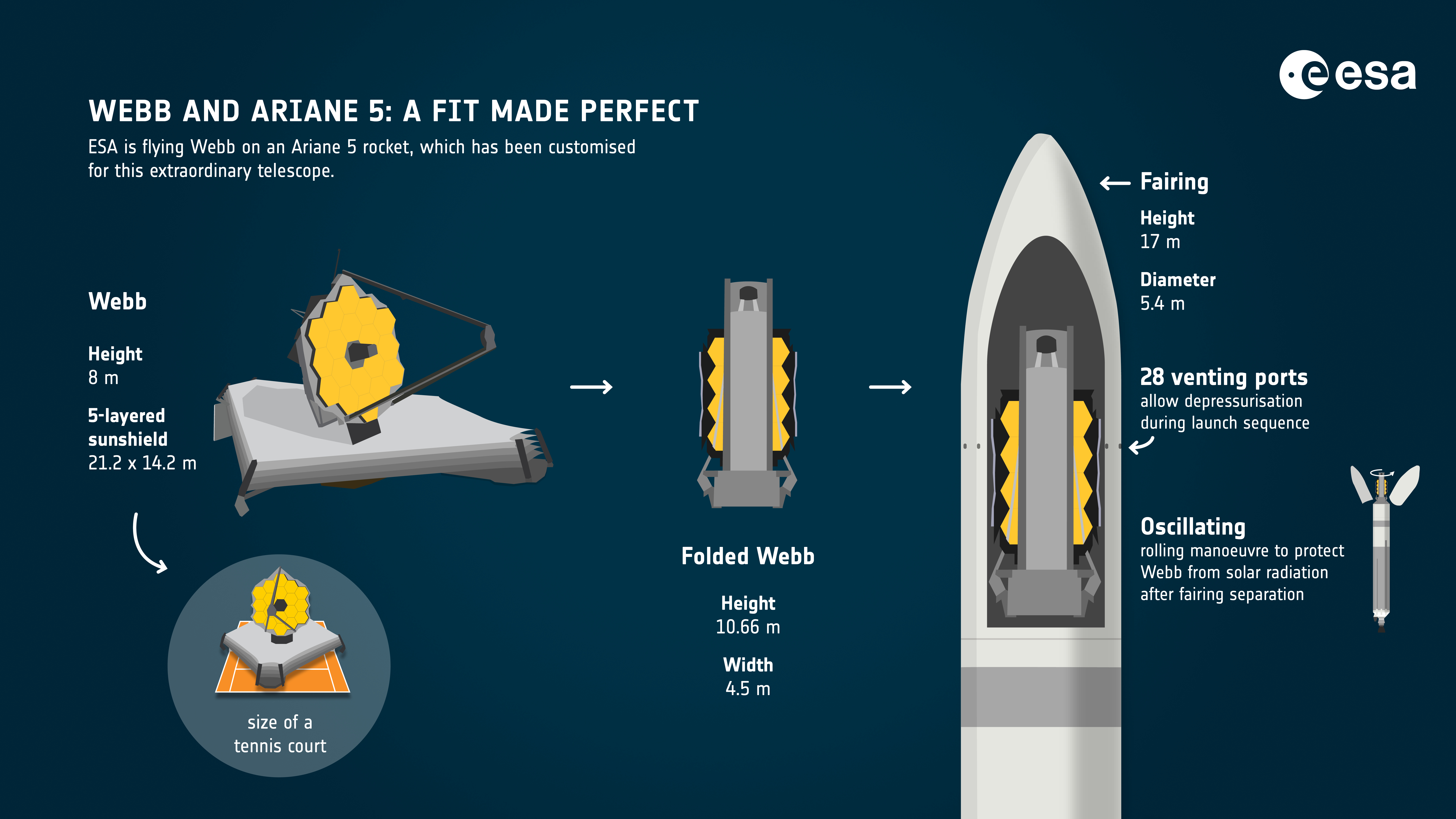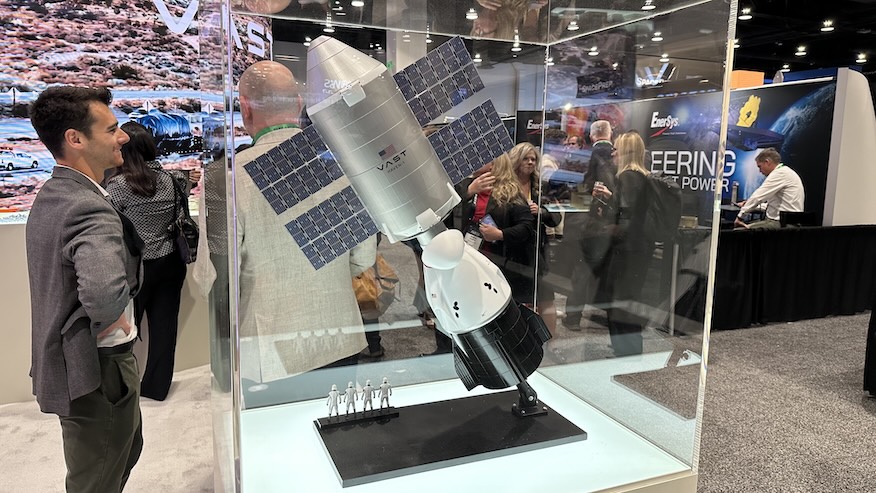Get the latest Science News and Discoveries
Dead satellite (Relay-2) briefly emits a radio signal 61 years after its launch date
We report the detection of a burst of emission over a 695.5 MHz-1031.5 MHz bandwidth by the Australian Square Kilometre Array Pathfinder, ASKAP. The burst was localised through analysis of near-field time delays to the long-decommissioned Relay 2 satellite, and exhibited a dispersion measure of $2.26 \cdot 10^{-5}$ pc cm$^{-3}$ -- 69.7 TECU, consistent with expectations for a single pass through the ionosphere. After coherent dedispersion, the burst was determined to be less than 30 ns in width, with an average flux density of at least 300 kJy. We consider an electrostatic discharge (ESD) or plasma discharge following a micrometeoroid impact to be plausible explanations for the burst. ESDs have previously been observed with the Arecibo radio telescope, but on 1000 times longer timescales. Our observation opens new possibilities for the remote sensing of ESD, which poses a serious threat to spacecraft, and reveals a new source of false events for observations of astrophysical transients.
None
Or read this on r/Space

